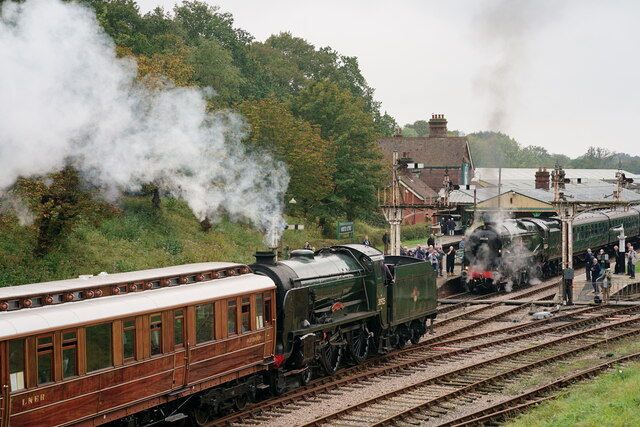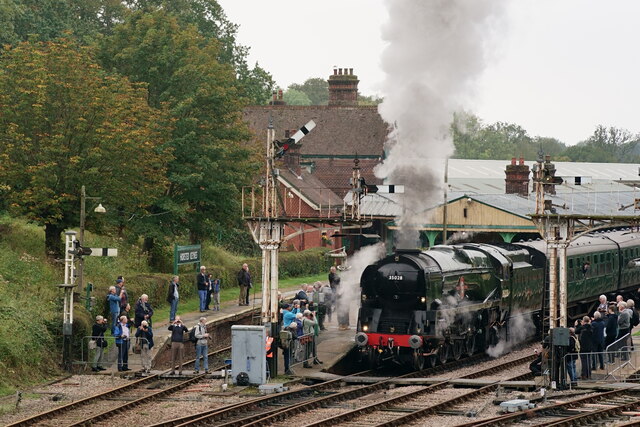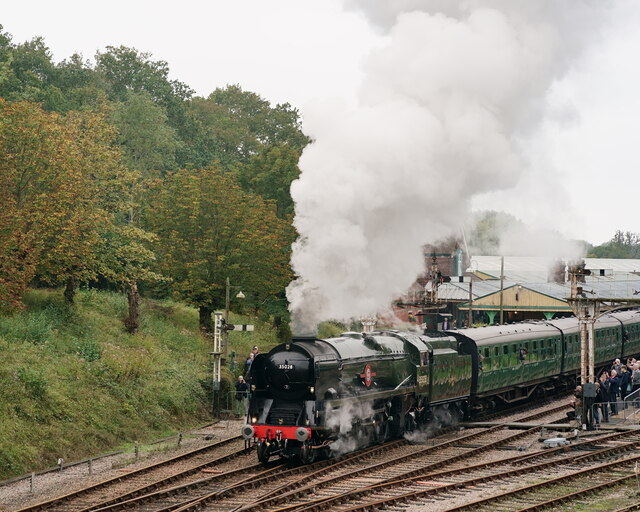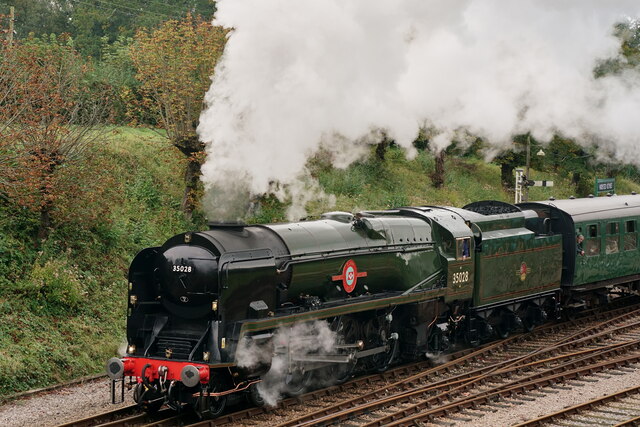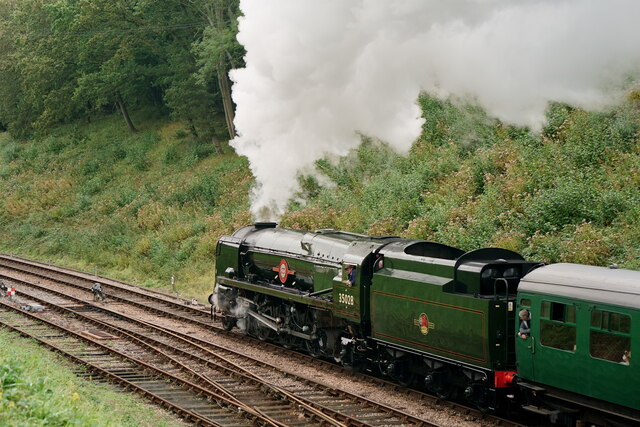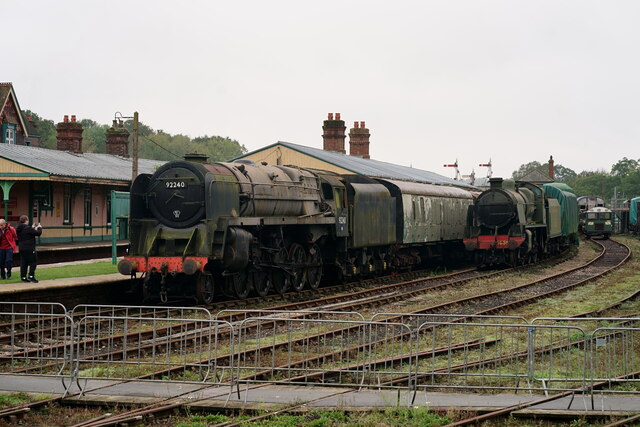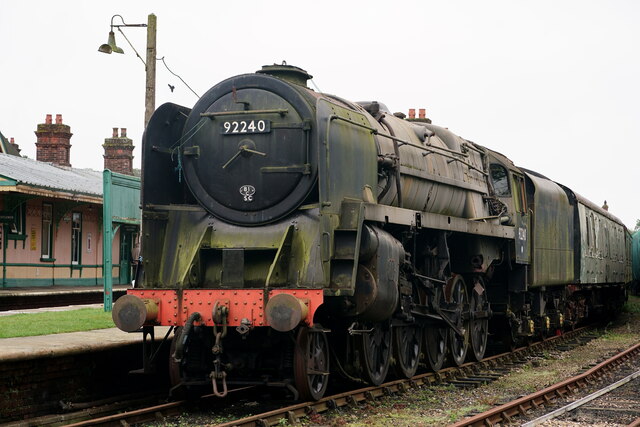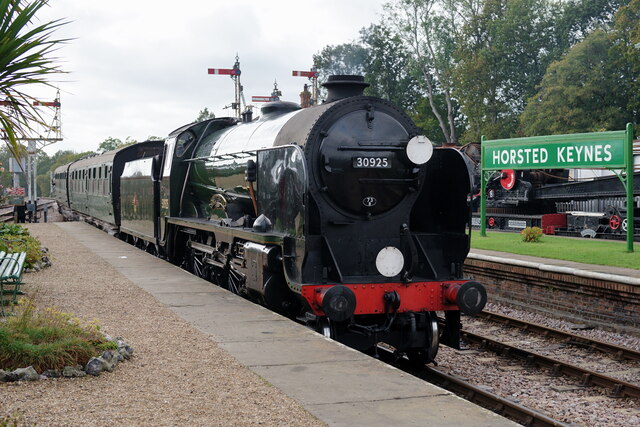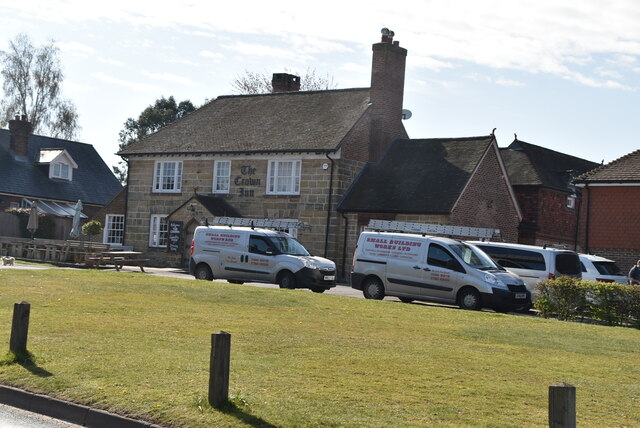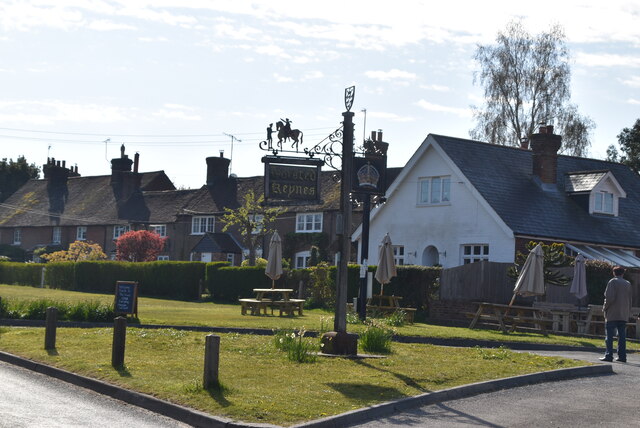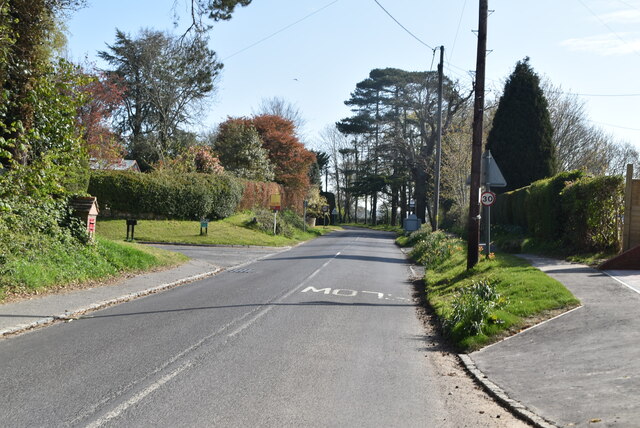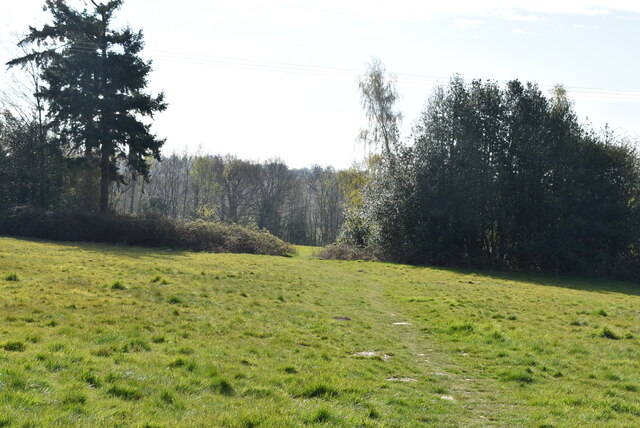Horsted Keynes
Settlement in Sussex Mid Sussex
England
Horsted Keynes
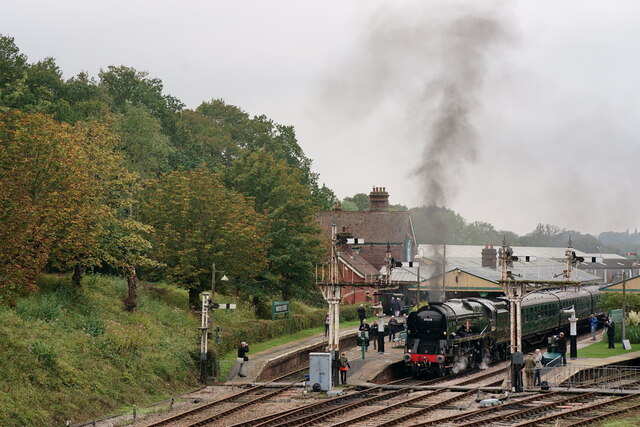
Horsted Keynes is a charming village located in the county of Sussex, England. Situated approximately 30 miles south of London, it forms part of the Mid Sussex District. The village is nestled amidst picturesque countryside, boasting rolling hills, verdant fields, and abundant woodlands.
With a population of around 1,200 residents, Horsted Keynes exudes a tranquil and close-knit atmosphere. Its idyllic setting attracts visitors seeking a peaceful retreat from the nearby urban hustle and bustle. The village is renowned for its quintessential English charm, characterized by traditional thatched cottages, well-preserved historic buildings, and an unspoiled rural landscape.
One of the notable landmarks in Horsted Keynes is the St. Giles Church, a stunning medieval structure dating back to the 12th century. The church's architectural beauty and historical significance make it a popular attraction for both locals and tourists. Additionally, the village is home to several quaint pubs and tea rooms, providing visitors with an opportunity to indulge in traditional English fare and hospitality.
Horsted Keynes is also famous for its connection to the steam railway. The Bluebell Railway, a heritage line running from Sheffield Park to East Grinstead, passes through the village. The railway station in Horsted Keynes has been immaculately restored, giving visitors the chance to experience the nostalgia of a bygone era.
Overall, Horsted Keynes offers a peaceful retreat in the heart of the Sussex countryside, with its picturesque landscapes, rich history, and traditional English charm.
If you have any feedback on the listing, please let us know in the comments section below.
Horsted Keynes Images
Images are sourced within 2km of 51.036482/-0.027918 or Grid Reference TQ3828. Thanks to Geograph Open Source API. All images are credited.
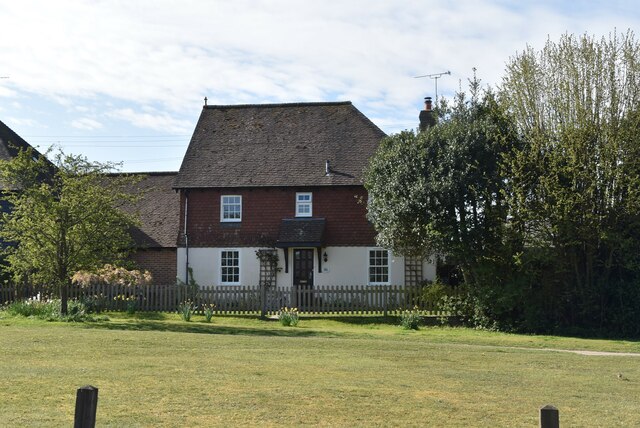
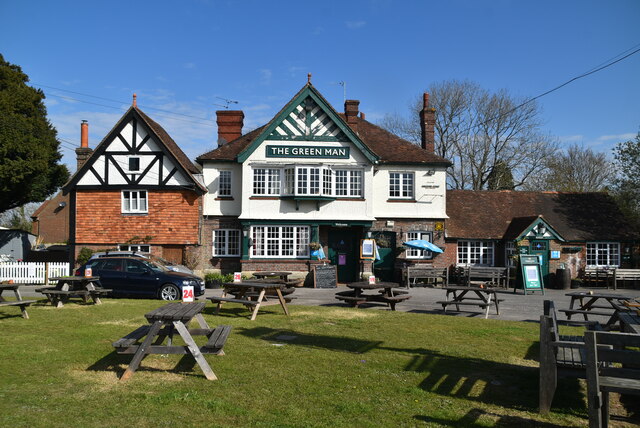
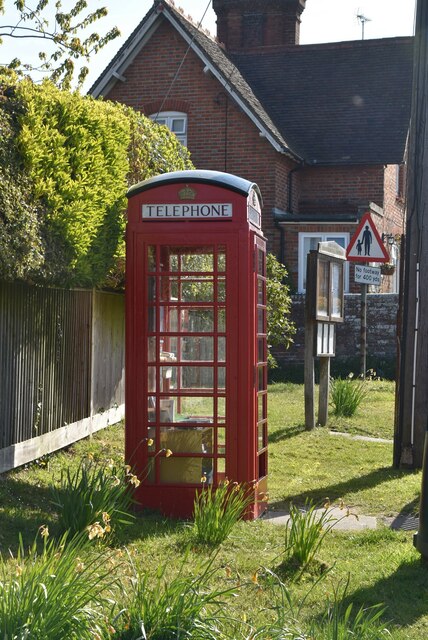
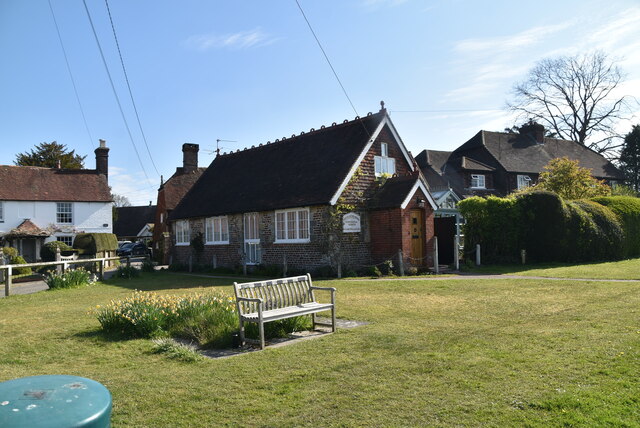
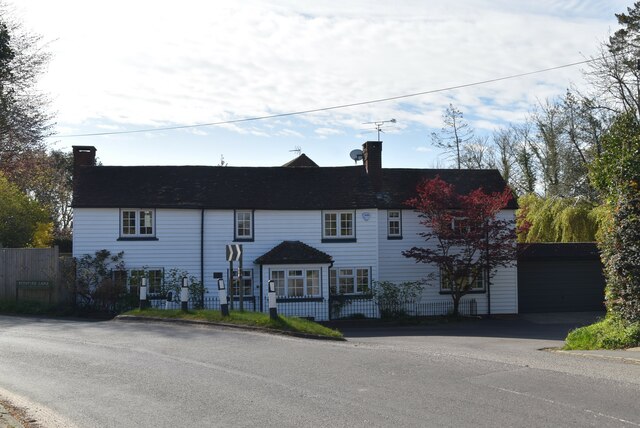
Horsted Keynes is located at Grid Ref: TQ3828 (Lat: 51.036482, Lng: -0.027918)
Administrative County: West Sussex
District: Mid Sussex
Police Authority: Sussex
What 3 Words
///rummage.punctured.panel. Near Horsted Keynes, West Sussex
Nearby Locations
Related Wikis
Horsted Keynes
Horsted Keynes KAYNZ is a village and civil parish in the Mid Sussex District of West Sussex, England. The village is about 5 miles (8 km) north east...
St Giles' Church, Horsted Keynes
St Giles' Church is an Anglican church in the village of Horsted Keynes in Mid Sussex, one of seven local government districts in the English county of...
Lindfield & High Weald (electoral division)
Lindfield & High Weald is an electoral division of West Sussex in the United Kingdom, and returns one member to sit on West Sussex County Council. ��2...
Bluebell Railway
The Bluebell Railway is an 11 mi (17.7 km) heritage line almost entirely in West Sussex in England, except for Sheffield Park which is in East Sussex....
Horsted Keynes railway station
Horsted Keynes railway station is a preserved railway station on the Bluebell Railway in Sussex. The station has been used as a shooting location in several...
Freshfield Lane
Freshfield Lane is a 17-hectare (42-acre) geological Site of Special Scientific Interest east of Haywards Heath in West Sussex. It is a Geological Conservation...
Danehill, East Sussex
Danehill is a village in East Sussex, England. == Religious sites == There are two Anglican churches in the parish: one at Danehill (dedicated to All Saints...
All Saints Church, Highbrook
All Saints Church is an Anglican church in the hamlet of Highbrook in Mid Sussex, one of seven local government districts in the English county of West...
Nearby Amenities
Located within 500m of 51.036482,-0.027918Have you been to Horsted Keynes?
Leave your review of Horsted Keynes below (or comments, questions and feedback).
